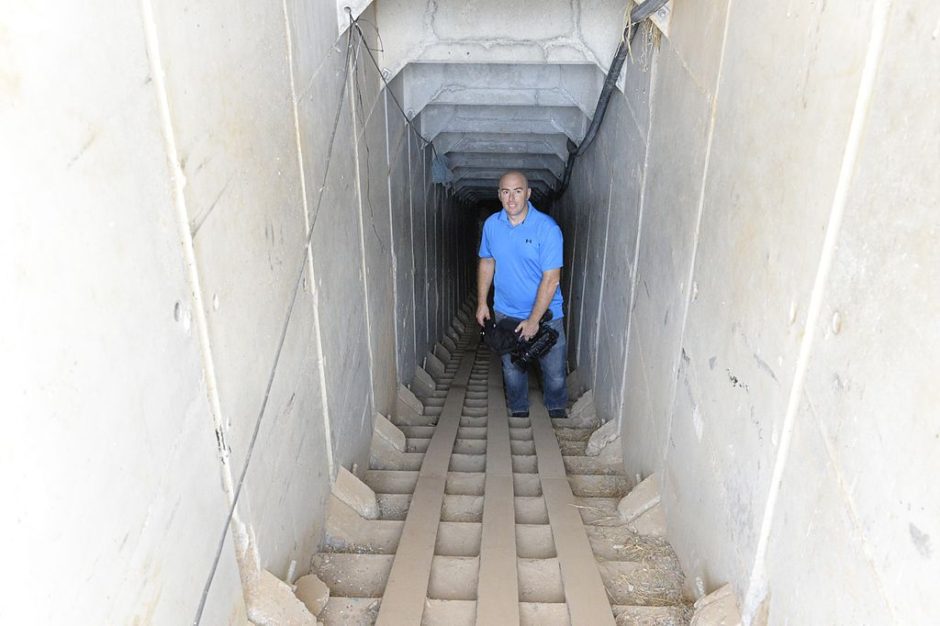Israel is haunted by the specter of tunnels.
For years now, Israel has been consumed by the fear that Palestinian terrorists from the Gaza Strip will sneak into Israeli territory through tunnels and attack border communities in murderous raids that will cause multiple casualties.
Palestinian tunnels have been on Israel’s mind especially since the summer of 2014, when the destruction of enemy tunnels was one of Israel’s prime objectives in the third Gaza war.
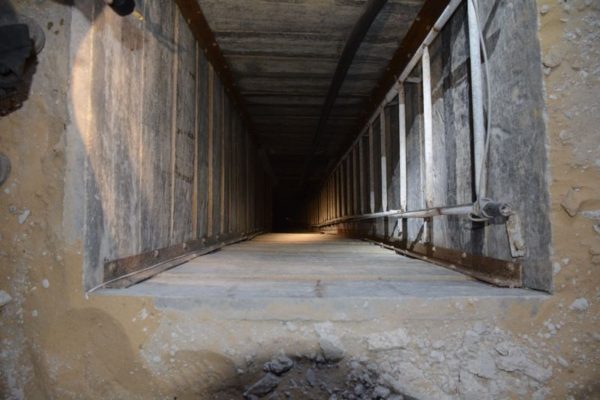
Tunnels came into sharp relief on the ninth day of that war, when Israel spotted 13 Hamas fighters emerging from a tunnel near Kibbutz Sufa, about one kilometre from the frontier. The infiltrators were eliminated by Israeli air strikes. But by the time the war had ended and the Israeli army had neutralized 32 tunnels, 14 of which crossed into Israel, nine Israeli soldiers had been killed by Palestinian attackers coming out of tunnels.
Three years on, Israel has yet to resolve this vexing problem, but Israel is gradually getting there.
On October 31, Israel blew up a tunnel that ended close to Kibbutz Kissufim, killing 14 Islamic Jihad operatives. Israel recovered five of the corpses, which are being held as bargaining chips for future negotiations with Hamas, which has ruled Gaza for the last decade. On December 9 and December 10, amid a new round of cross-border fighting, the Israeli army destroyed a tunnel that penetrated hundreds of meters into Israel.

These were victories for Israel, but as the commander of the Southern Brigade, Colonel Kobi Heller, warned, “There are probably more tunnels we will have to find and destroy.”
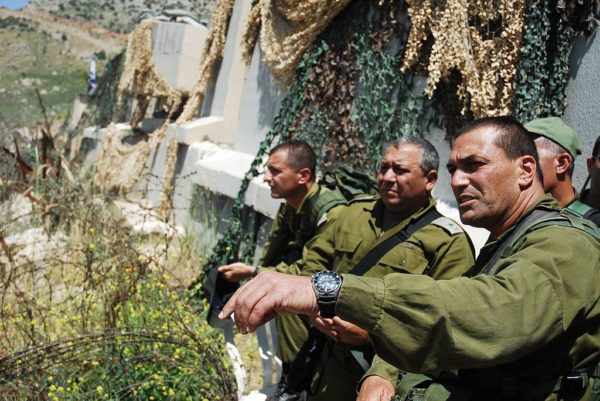
Heller’s superior, General Eyal Zamir, head of the Southern Command, has indicated that Israel will not hesitate to destroy any tunnel it finds. “I’ve warned the enemy and I’ll warn them again,” he said. “Anyone who goes into a tunnel endangers himself. These terror tunnels are a death trap for you.”
Describing the tunnels as “an unacceptable threat that we will invest every resource in thwarting,” Defence Minister Avigdor Liberman recently suggested that Israel has made significant headway in combatting them.
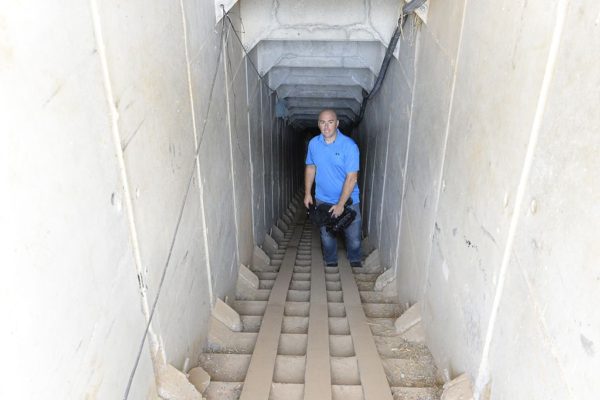
As he said on December 10, “Thanks to a joint effort by the Israel Defence Forces, the Ministry of Defence and the security industry, we have attained new technological capabilities in the campaign against tunnel terror. I hope that in the coming months the threat of the tunnels to residents of the Gaza periphery will become a thing of the past.”
Intelligence Minister Israel Katz is optimistic too, claiming that “the era of the tunnel threat is nearing an end.”
Israel’s strategy in dealing with the tunnels is underpinned by three components.
Israel, having already built a security fence around Gaza, is constructing a vast subterranean barrier along the length of the Gaza border to block tunnels from extending into Israel. Work began more than six months ago and should be finished in 2019. The project is expected to cost in excess of $1 billion.
In addition, Israel is developing cutting-edge technology — sensors and other state-of-the-art devices — to locate newly constructed tunnels and detect and identify fresh excavation efforts.
Lastly, Israel is using human and electronic signal intelligence to achieve the same goal.
Palestinians began building tunnels in the 1980s, when Israel occupied Gaza, but stepped up their efforts after a series of momentous events.
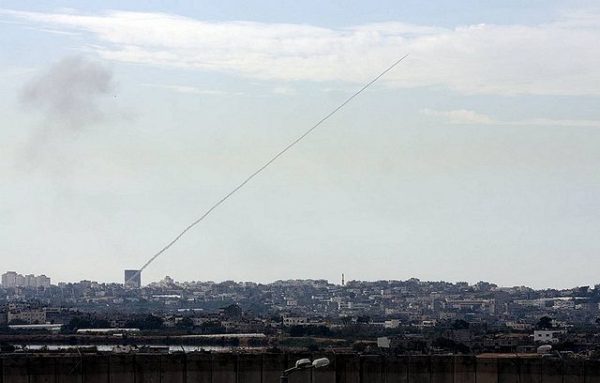
In the spring of 2001, shortly before the eruption of the second Palestinian uprising, Hamas surprised Israel by deploying short-range Qassam rockets against Israeli settlements in Gaza and Israeli towns, moshavim and kibbutzim near the border. By way of reaction, Israel and the United States developed the Iron Dome air defence system to intercept these crude projectiles.
The Palestinians increased the range and power of their rockets following Israel’s unilateral withdrawal from Gaza in 2005 and Hamas’ takeover of Gaza two years later. Iron Dome, initially deployed in March 2011 near Beersheba, proved to be a success. During the last war in Gaza, Iron Dome downed nearly 90 percent of Palestinian rockets fired at Israel.
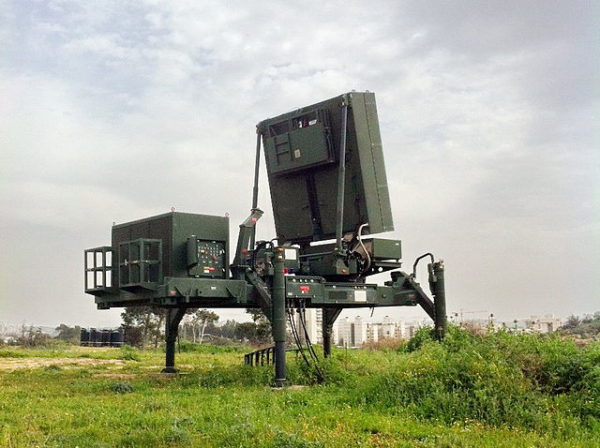
Having devised a reasonable solution to the rocket threat, which caused widespread property damage and claimed the lives of more than a dozen Israelis, Israel proceeded to bomb the network of Palestinian tunnels, which were used to smuggle a wide variety of goods, including weapons and munitions. After 2007, Hamas and Islamic Jihad built scores of tunnels to circumvent Israel’s naval siege of Gaza and to facilitate the kidnapping of Israeli soldiers. In 2006, Palestinian gunmen used a cross-border tunnel to abduct the Israeli soldier Gilad Shalit.
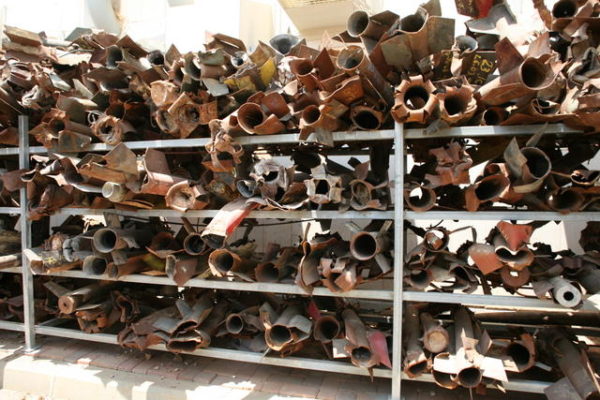
From 2007 onward, the Israeli armed forces launched a series of operations to destroy the maze of tunnels and to degrade Hamas militarily. As well, Israel fought three wars in Gaza from 2012 onwards.
Egypt, which regards Hamas suspiciously, has also obliterated the tunnels.
In 2009, the Egyptians began building an underground barrier to render them harmless. Since the 2013 coup, which brought Abdel Fattah al-Sisi to power, Egypt has created a buffer zone between the Sinai Peninsula and Gaza around the divided town of Rafah and has blown up and flooded about 1,500 tunnels.
These counter-measures have been a stunning setback to Hamas and its allies. But as long as Gaza is controlled by Palestinian Islamists unable to reconcile themselves to Israel’s existence, there will be more tunnels to be destroyed by Israel, not to mention Egypt.
